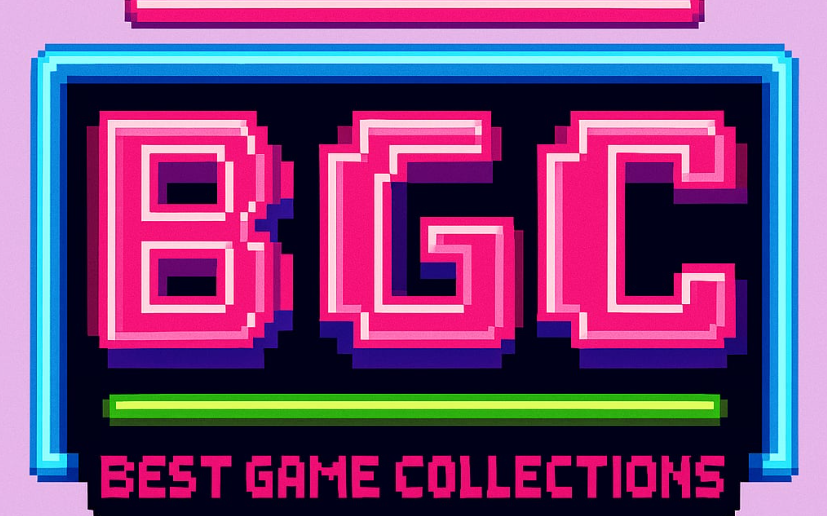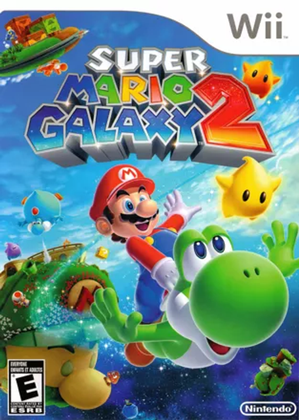Release Context and Date
Super Mario Galaxy 2 arrived in homes on May 23, 2010. Meanwhile, that same week Sony unveiled its next handheld prototype and, just days before E3 2010, Microsoft was busy teasing Halo: Reach multiplayer. At the same time, Blizzard quietly hinted at Diablo III. Notably, Nintendo showed us why low gravity can be the biggest launch-day surprise.
Storyline
The story starts right after the first Galaxy. Bowser, still plotting trouble in space, takes Princess Peach and spreads planetoids across the universe. Mario, using gravity like a tool, teams up with the Lumas (and Yoshi, for those wanting a dinosaur ride) to save Peach and collect Power Stars. There aren’t any big story twists—no one expects a deep drama here—but the simple plot is the warp pipe that guides you through creative worlds.
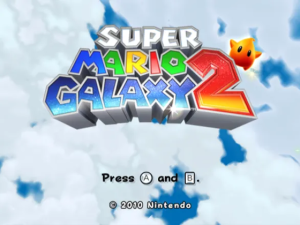
Gameplay Mechanics
-
- Gravity Bending. Levels fold in on themselves and loops become launch ramps, so you’ll feel just as off balance as you are thrilled.
-
Yoshi’s Return. Riding a fire-breathing dinosaur brings tasty, food-based power-ups—though sticklers might not like Yoshi stealing the spotlight from pure platforming.
-
Upgrade Path. Hidden star coins unlock secret stages—perfect for players who love refining their speedrun routes.
-
Boss Battles. Huge Bowser machines force you to memorize attack patterns, mixing big show moments with a few pesky difficulty spikes.
Visuals and Audio
Nintendo’s art team outdid themselves packing each star world with candy-colored geometry and imaginative set pieces. The Wii hardware flexes surprisingly vivid textures, and camera angles rarely betray your view of Mario’s next leap. Soundtrack composer Mahito Yokota remixes Koji Kondo’s iconic themes into sweeping orchestral suites, injecting every stomp and spin with bombast. If the first game was charming, Galaxy 2 is downright showstopping.
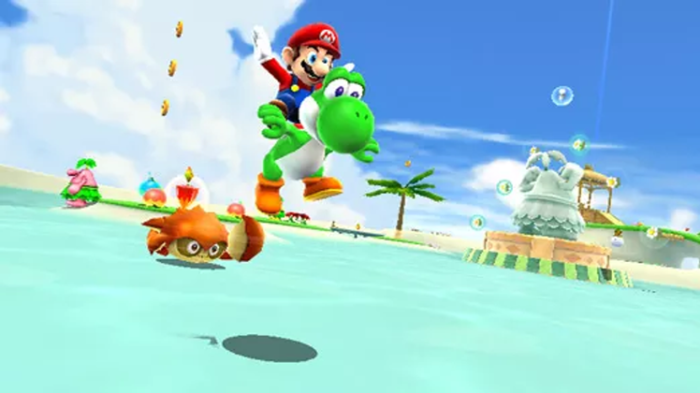
Industry Impact
Galaxy 2’s release came at a pivotal moment: the industry was arguing over motion controls vs. raw processing power, and here was Nintendo reminding everyone that clever design trumps flashy specs. In the scramble for sequel mentality, Galaxy 2 avoided the dreaded “more of the same” trope by deepening its gravity mechanics instead of just recycling levels. It’s the Platonic ideal of a sequel, reasserting Nintendo as the platformer trendsetter even as the market tilted toward shooters and open-world spectacles.
User Reviews and Overall Rating
Community consensus assigns Galaxy 2 a 9.4/10 overall rating based on 15,762 user reviews. Here’s what fans are saying:
- Pros – Imaginative level design, polished controls, deafeningly triumphant soundtrack.
- Cons – Occasional difficulty spikes, Yoshi-centric missions divide purists, minimal narrative evolution.
Most players laud the sequel’s mechanical finesse but note that the story functions more as a series of warp pipes than a compelling thread. A vocal minority complains about sudden spikes in challenge—classic Mario muscle memory meets “git gud” territory. Still, the star-gathering loop keeps speedrunners and completionists locked onto the track.
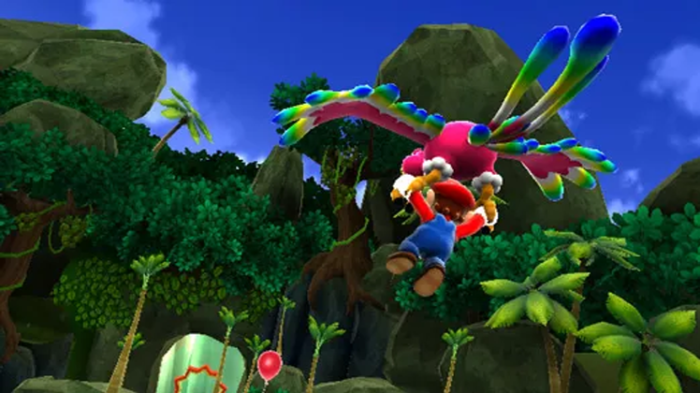
Conclusion
Super Mario Galaxy 2 isn’t just a follow-up; it’s a masterclass in iterating on genius design without succumbing to sequel fatigue. It launches you into orbit and reminds you why Mario’s adventures remain the gold standard for platformers—gravity notwithstanding. In a market thirsting for bigger budgets and louder hype, sometimes the simplest leap of faith still packs the biggest punch.
